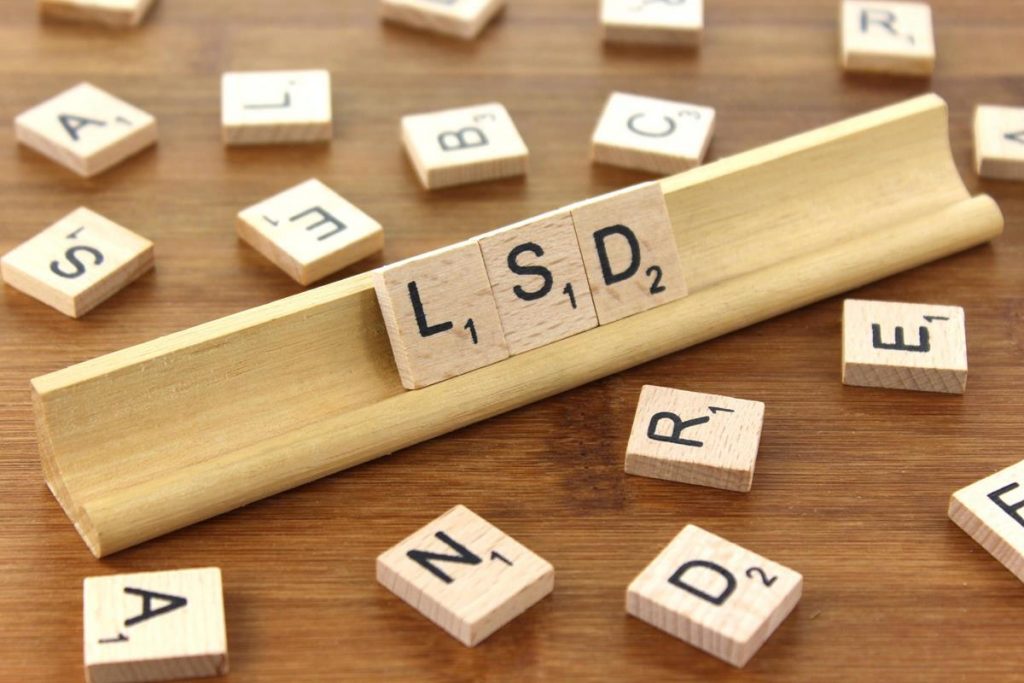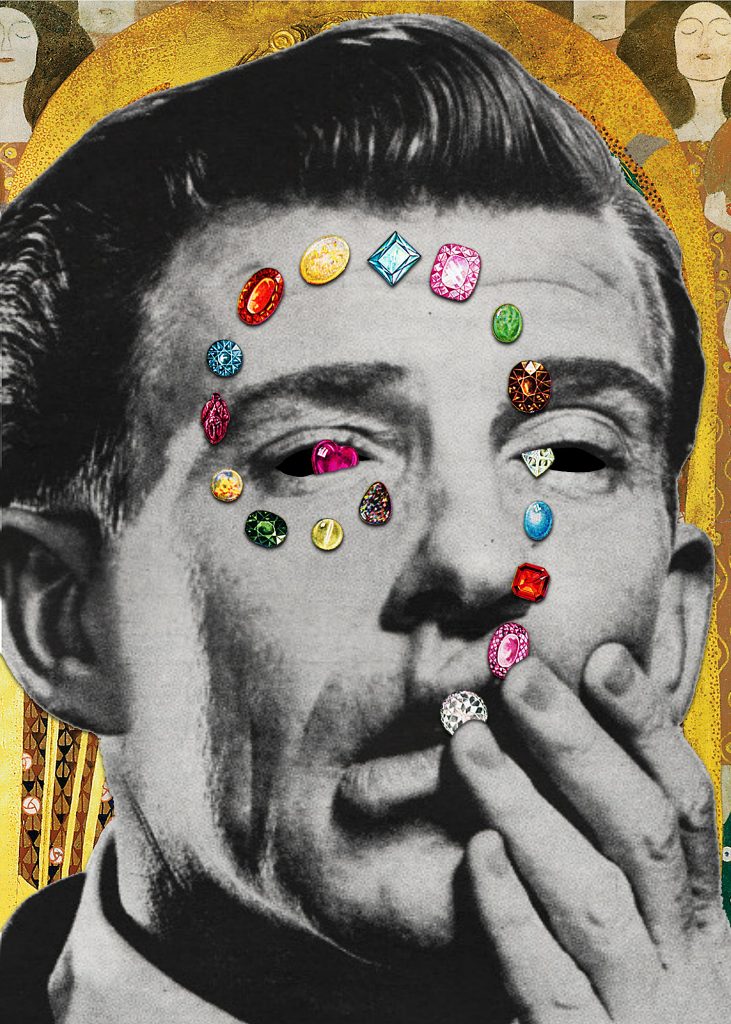Two studies released this week in the reputable scientific journals Cell and Current Biology have shed more light on how LSD works in the brain, taking us a step closer to the ideal designer psychedelic.
The typical LSD experience can last over 12 hours, which many people consider a downside. If you want to have a serious trip, you’ll have to take at least a day off work. It also means that if you’re stuck in a bad trip, you’re potentially stuck in one for a long time. One study suggests that longer-lasting bad trips have a greater chance of ending up in hospitalisation, violent thoughts or even potential long-term psychological problems.
Why LSD’s effects should last so long has been a bit of a mystery – its half-life, the time it takes the body to get rid of half the total amount, is about three hours. It should be mostly gone from the body after six hours, but this is when most people are still reaching the peak of the experience!
Scientists looking at the molecular structure of LSD within a receptor may have figured out part of the solution. When LSD binds to one of its main target receptors, either the 5-HT2A or 5-HT2B receptor, the unique molecular structure of LSD causes the receptor to close a ‘lid’ over the LSD molecule, keeping it trapped inside. This molecular ‘hug’ keeps the receptor activated for more time, and could explain why the effects of LSD last longer than we’d expect.
This finding might explain why we need such tiny doses of LSD to elicit psychological effects (only a few millionths of a gram are usually enough). It could also explain why we’re seeing an increasing trend of ‘microdosing’ – taking even smaller than usual amounts of LSD every few days to increase productivity and creativity. Doses of LSD that are a fraction the size of a normal dose could be enough to significantly change our brain chemistry.
Another study on LSD has confirmed what scientists have suspected for some time: LSD’s psychological effects are due almost entirely to the activation of one specific type of receptor in the brain: 5-HT2A. This receptor is distributed throughout areas of the brain responsible for our self-awareness and complex thoughts, so it makes sense that these are the areas affected by a psychedelic drug.
In this study, scientists found that blocking the 5-HT2A receptor almost totally removed the effects of LSD.
The scientists recruited 22 participants, and gave them either a placebo, LSD with the 5-HT2A blocker, or LSD alone. They then measured patients’ reports of psychological effects, including visual and auditory hallucinations and feelings of spirituality and connectedness. When patients were given the blocker alongside LSD, their reports of psychological effects reduced to placebo levels. It’s proof that, even though LSD activates many different types of receptor, it only needs to activate one to produce the psychedelic experience.
Similar studies have already been performed with similar psychedelics such as psilocybin and ayahuasca, confirming that 5-HT2A receptor activation is a common mechanism of action among the classic psychedelics.
Now we know why LSD lasts so long – and what receptor is solely responsible for its psychological effects – we can start to think about the possibility of designer psychedelics. An ideal psychedelic might be one that only lasts a few hours rather than 12, which may be possible to design now that we have a better understanding of what makes LSD last so long.
We can also design psychedelics that only activate the 5-HT2A receptor, since we now know that this is the receptor responsible for the psychedelic experience. LSD activates a bunch of other receptors, including the 5-HT2B receptor, which carries a heart risk if it’s activated at high levels for long periods of time – so a designer drug could get around these kind of downsides.
Another curious idea that this research throws up could be the development of psychedelic ‘antidotes’ – drugs that could act to block access of psychedelic drug molecules to these receptors, or take their place and block the receptor mid-experience, allowing users, medics or welfare staff to curtail or reduce the intensity of a psychedelic experience at will.
Designer psychedelics could be a huge opportunity for the psychedelic community. Imagine all the therapeutic benefits of psychedelics that we’ve been seeing in clinical trials, but with the ability to totally control the time-course of the effects, and minimise any side effects or risks.
Studies like these will help to bridge the gap between the psychedelic community and mainstream society – and we could see them start to influence the creation of a sensible drug policy.
Patrick Smith is a PhD student at the University of Manchester, and writes regularly on his blog The Psychedelic Scientist. Tweets @rjpatricksmith



